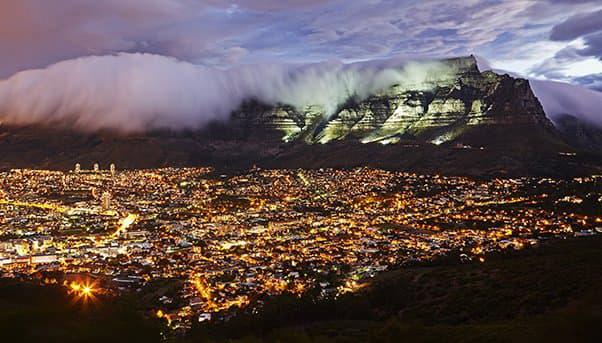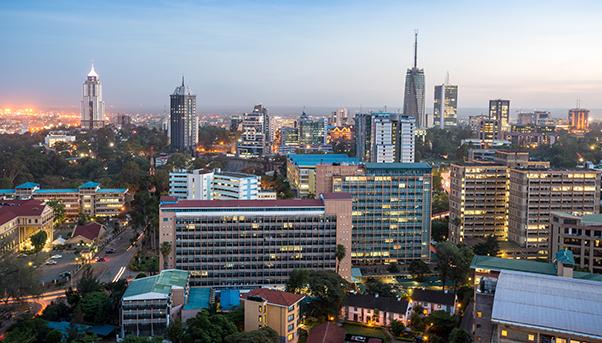
More people live without electricity in Africa than anywhere else in the world.
At least 620 million of the more than one billion who cannot light their homes at night can be found in the continent’s Sub-Saharan region, according to the World Energy Council, a body accredited with the United Nations.
The number is actually larger when taking into account those who do not have secure access to electricity – let alone gas and water – that is otherwise available. At the World Energy Congress, hosted by the Council in Istanbul last year, experts estimated that 70% of the African population did not have such access. With the exception of Kenya, South Africa, Tanzania and Uganda, most countries on the continent do not have adequate infrastructure to guarantee the supply of electricity to their respective peoples.
The problem was also the subject of a roundtable discussion at the annual meeting of the World Economic Forum in January, when a report produced by the Forum calculated that the continent’s economy could grow 30% by 2040 if this energy gap were to be closed. For the sake of comparison, Sub-Saharan economies managed to grow by 3% in 2015, but they have since showed signs of faltering, according to the World Bank.
Consumption and demographics
Another comparison that highlights the challenge facing the continent is given by a recent report from the Africa Progress Panel, an advocacy group chaired by Kofi Annan, former secretary-general of the United Nations. The continent consumes only 4% of the energy produced on a global scale. A person in Tanzania, for example, consumes in nearly eight years the same amount of electricity used by someone in the United States in a single month. Africa’s demographic boom in the last 10 years has only complicated matters, its population growing from 900 million to 1.2 billion.

Lacking in investment
Investment in infrastructure is seen by experts as the only solution to the problem – but it is sorely lacking. «Energy planning and policies have evolved very little to date,» said Paul Smith Lomas, a director at Practical Action, a development charity organization that works with the World Bank and the International Energy Agency to improve access to electricity. «Africa still lacks the workforce – there is a need for vocational, professional and business training. Companies won’t go where there isn’t a viable workforce.»
Something is nevertheless being done. In March, the World Bank assigned about $57 billion to 500 projects in the poorest countries of the Sub-Sahara for the next three years. «This represents an unprecedented opportunity to change the development trajectory of the countries in the region,» said President Jim Young Kim. «With this commitment, we will work with our clients to substantially expand programs in sanitation, agriculture, business climate, infrastructure, and institutional reform.»
Even the African Development Bank is doing its part. At the meeting of the World Economic Forum, its president, Akinwumi Ayodeji Adesina, announced a five-year investment of $12 billion in the energy sector, especially what is known as the “last mile” – that part of the network that brings electricity into homes and offices. «We’re tired of seeing Africa in the dark,» he said.
But state and multilateral funds are not unlimited. Hence the need for the private sector to get involved. «In the past, we’ve relied on governments to power our countries,» Cyril Ramaphosa, deputy president of South Africa, said at the Forum. «We now need to bring in the private sector to help empower our economies and people.»
Something is moving
Recent investments in the installation of power grids led to the creation of more than 15,000 jobs in the Sub-Sahara last year, according to the United Nations Environment Programme, the agency focused on climate change. Meanwhile, Ethiopia, Kenya and Tanzania are bringing forward projects that together represent about 80% of the supply of hydroelectricity in the region.
In Ethiopia, where Salini Impregilo has been helping the government in its aim to transform the country into a regional energy hub, the Gibe III dam is up and running. The GERD, the biggest in Africa, is nearly complete, while construction on the new Koysha project is under way. All three will boost production capacity to such a level that the country will become a net exporter of energy.
Ethiopia is the most obvious example of how hydroelectricity can help bridge the energy gap. But others abound. In South Africa, the Ingula Pumped Storage Scheme has an installed capacity of more than 1,100 MW, while in the Democratic Republic of Congo, work is to start on the Grand Inga Dam, a massive project to be completed in 2025 at a cost of $100 billion in order to produce 39,000 MW per year.

